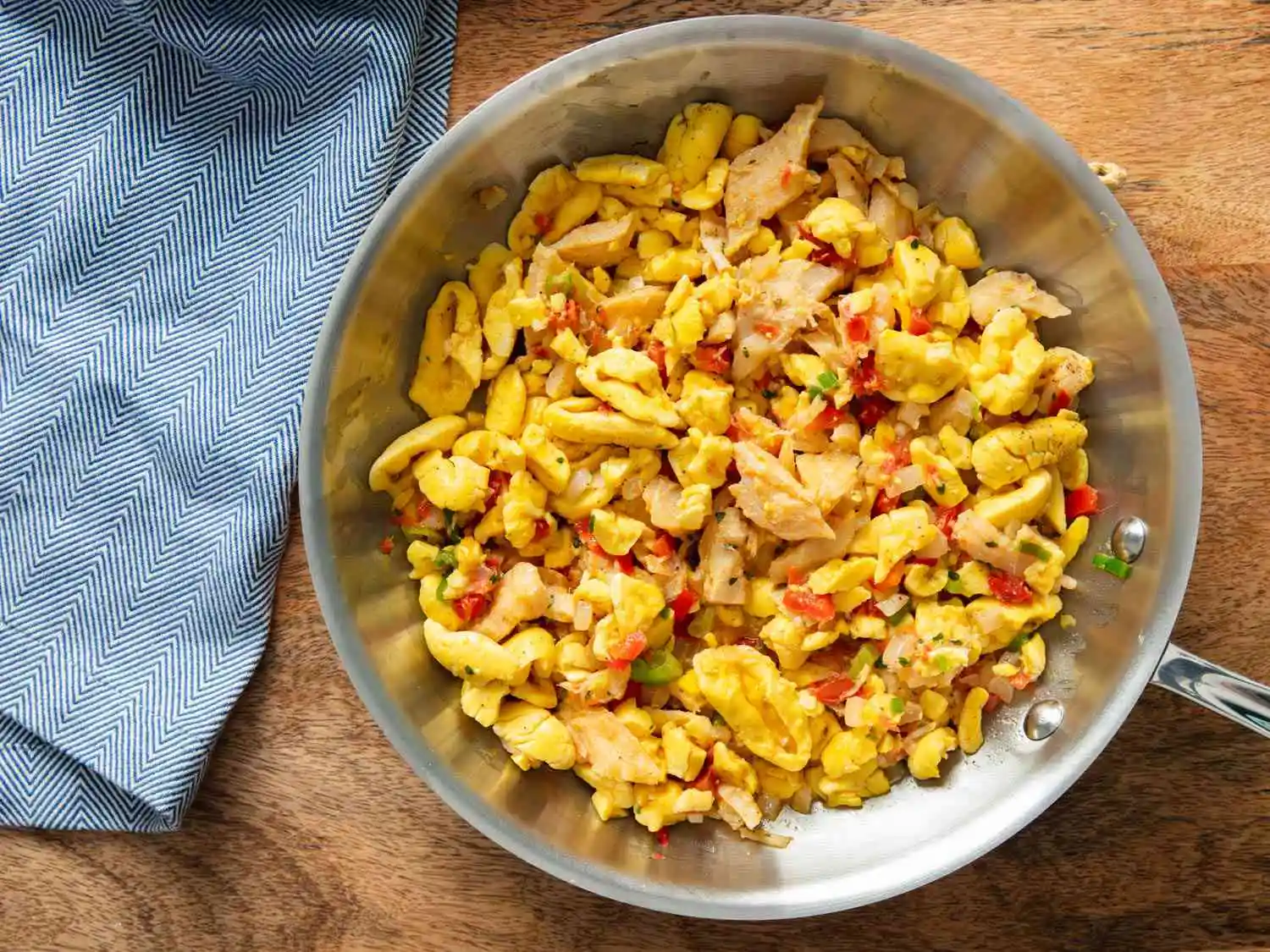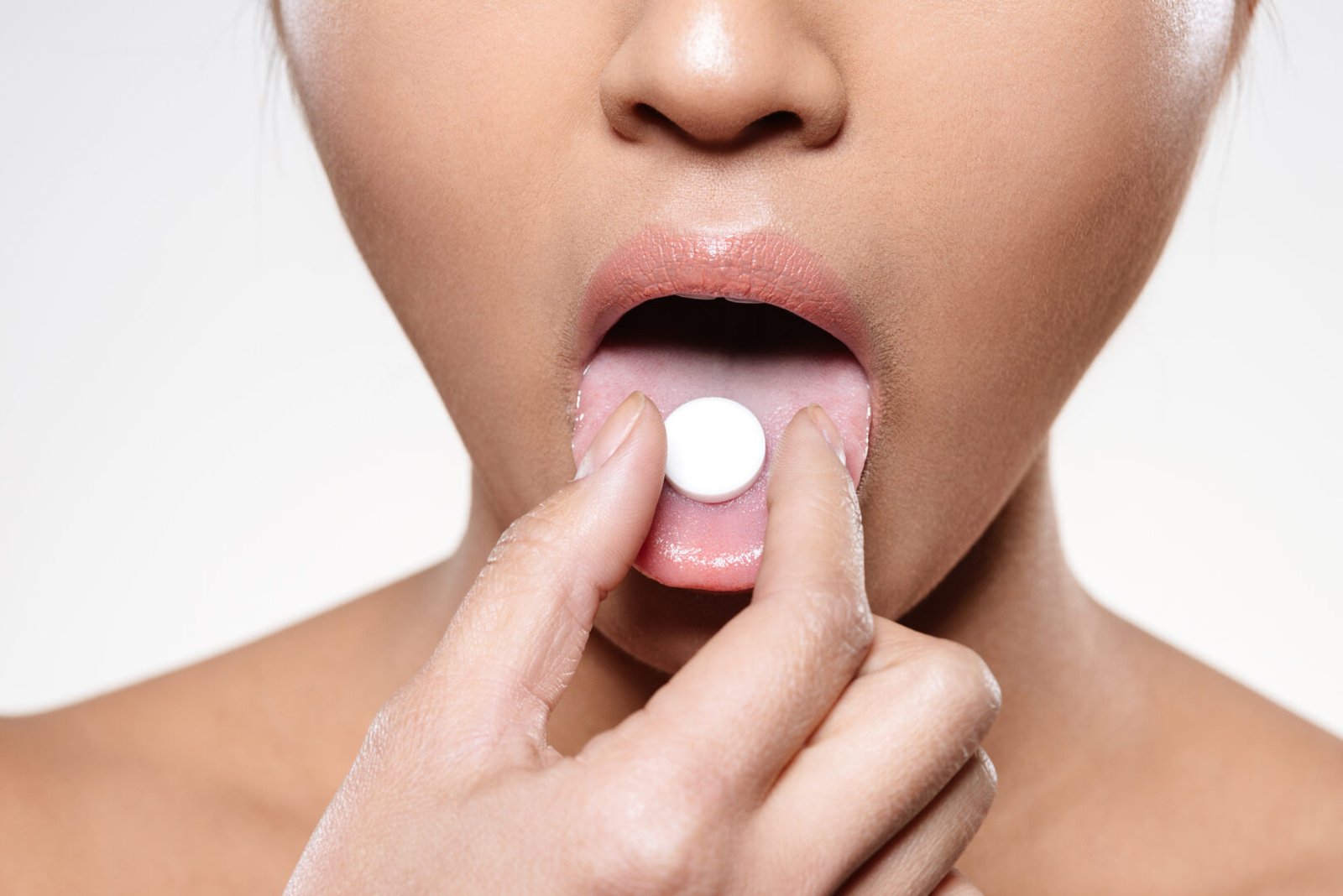Lactose Intolerance Isn’t Just a Trend: Why Dairy Might Be Disagreeing With You
The Day My Cappuccino Fought Back It started with a stomachache. Nothing dramatic, just some discomfort after my favorite morning ritual—a silky cappuccino and a buttery croissant. But soon the

The Day My Cappuccino Fought Back
It started with a stomachache. Nothing dramatic, just some discomfort after my favorite morning ritual—a silky cappuccino and a buttery croissant. But soon the bloating came, then the cramps, then the undeniable truth: my love affair with dairy was no longer mutual.
I wasn’t alone. Millions of people around the world experience digestive issues after consuming milk, cheese, or cream, often without realizing the common culprit—lactose intolerance.
This isn’t just a wellness trend or an influencer talking point. Lactose intolerance is real, widespread, and surprisingly misunderstood. So let’s break it down.
What Is Lactose Intolerance?

Lactose intolerance occurs when your body lacks enough lactase, the enzyme needed to digest lactose, the sugar found in raw milk and dairy products.
When lactose isn’t properly broken down in the small intestine, it travels to the colon undigested, where gut bacteria ferment it—causing gas, bloating, and discomfort.
Common Symptoms of Lactose Intolerance:
- Bloating
- Diarrhea
- Gas
- Stomach cramps
- Nausea
Symptoms typically appear 30 minutes to 2 hours after eating or drinking dairy.
Who Is at Risk for Lactose Intolerance?
1. Ethnicity and Genetics
Lactose intolerance is strongly influenced by ancestry. In fact:
- Up to 65–70% of the global population has some degree of lactose malabsorption.
- It’s most common in people of East Asian, West African, Native American, and Hispanic descent.
- Individuals of Northern European descent are more likely to retain lactase production into adulthood.
2. Age
Lactase production naturally declines with age in many people. So if you handled dairy fine as a teen but now get bloated from ice cream? You’re not imagining it.
3. Gut Health
Digestive conditions like celiac disease, Crohn’s disease, or intestinal infections can damage the gut lining and reduce lactase production—even temporarily.
Lactose Intolerance vs. Milk Allergy: What’s the Difference?
Many confuse lactose intolerance with milk allergy, but they’re very different:
- Lactose intolerance = Digestive issue caused by enzyme deficiency
- Milk allergy = Immune response to milk proteins, often severe and potentially life-threatening
Knowing the difference is crucial for treatment and dietary planning.
How Is Lactose Intolerance Diagnosed?
If you suspect dairy is bothering you, don’t self-diagnose—get tested. Common methods include:
- Hydrogen breath test: Measures hydrogen gas after consuming lactose
- Lactose tolerance test: Monitors blood glucose after drinking lactose
- Elimination diet: Remove lactose-containing foods, then reintroduce slowly under medical guidance
Your doctor can also rule out other conditions like IBS, SIBO, or celiac disease, which can mimic symptoms.
Managing Lactose Intolerance: Yes, You Can Still Enjoy Food
- best dairy alternatives 2025
1. Know Your Threshold
Many people with lactose intolerance can tolerate small amounts of lactose—like a splash of milk in coffee or a bite of aged cheese.
2. Try Lactose-Free Dairy
Lactose-free milk and yogurt are widely available and taste nearly identical to the real thing.
3. Use Lactase Enzyme Supplements
Over-the-counter lactase tablets can help break down lactose when taken before eating dairy.
4. Go Dairy-Free (the Right Way)
Look for fortified dairy alternatives that provide:
- Calcium
- Vitamin D
- Protein
Top options include:
- Oat milk
- Almond milk
- Coconut milk
- Soy milk
- Cashew milk
5. Be Label Savvy
Lactose hides in unexpected places:
- Breads and baked goods
- Processed meats
- Salad dressings
- Breakfast cereals
- Protein powders
Always read ingredient labels and look for phrases like “contains milk” or “whey.”
Read About: Peanut Allergies Unpacked: Understanding Risks, Symptoms, and the Latest Advances in Treatment
How Diet Culture and Misinformation Distort Lactose Intolerance
Lactose-free or dairy-free diets have become trendy—but not always for the right reasons. Many people self-diagnose without proper testing or confuse lactose issues with other gut sensitivities (like gluten or FODMAPs).
Misinformation can lead to nutrient deficiencies, particularly calcium and vitamin D, if dairy is removed without proper substitutes.
This is where science-backed content—and asking the right questions—matters.
The Social and Cultural Side of Going Dairy-Free
For many cultures, dairy is central to identity. From cheese platters in France to paneer in India or ice cream socials in the U.S., removing dairy can feel isolating.
But today, food culture is shifting. Plant-based alternatives are more inclusive than ever—and being lactose intolerant is no longer a culinary death sentence.
Restaurants, food brands, and even luxury chefs are adapting. You can still eat well. You just need to eat smarter.
Some Thoughts: You’re Not Weird—You’re Just Human
Lactose intolerance isn’t a flaw. It’s actually the global default. In evolutionary terms, most humans stop producing lactase after weaning.
So if dairy is making your stomach churn, listen to your body. You’re not broken. You’re just built differently.
Thanks to science, innovation, and awareness, you can still love food—without paying the digestive price.
By Izzy Malcolm for Ravoke.com








